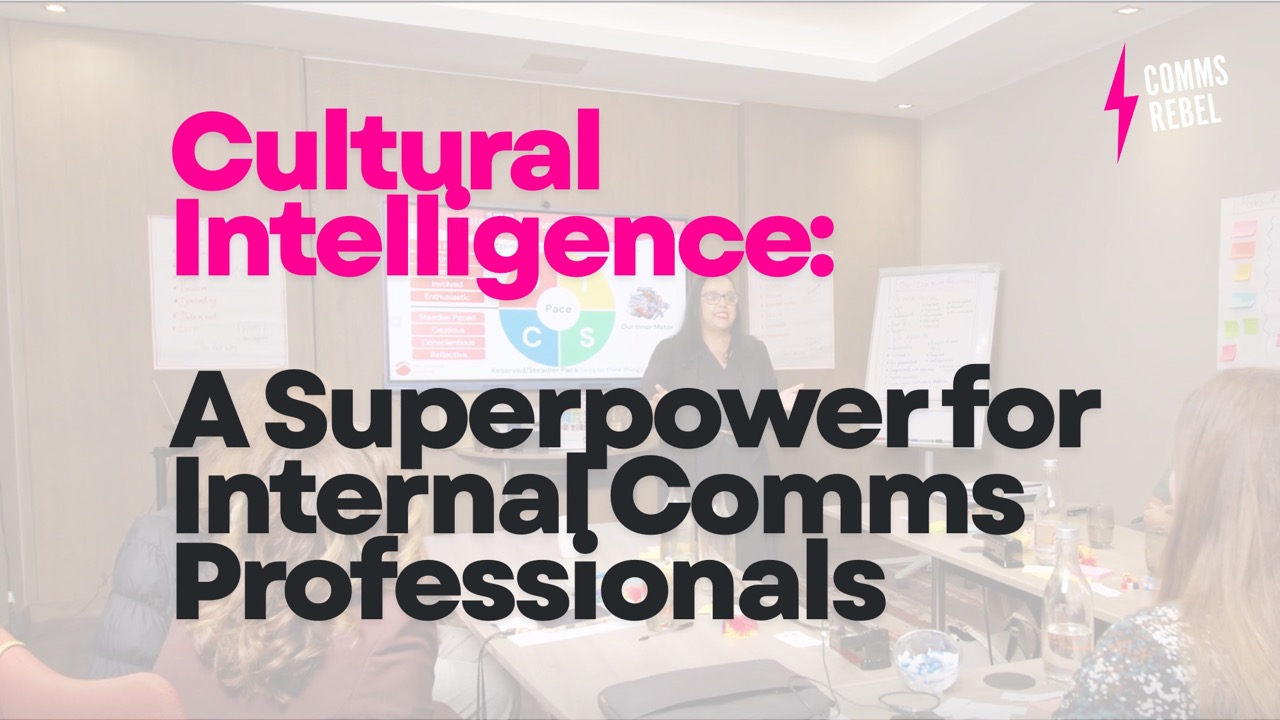This week’s guest blog comes from bestselling author, international speaker, public speaking expert and founder of Now You’re Talking coaching business, Lyn Roseaman. I virtually met Lynn when I was presenting at an event about visibility and she contacted me to ask if my community would be interested in reading her top tips about how to build an online mindset. Of course, I had to say, yes!
Enjoy Lyn’s tips and please do let me know if you want to write for my blog – I’d love to feature you – over to Lyn.
 Make it stand out
Make it stand out
Whatever it is, the way you tell your story online can make all the difference.
The world’s gone hybrid and we’re adjusting mindsets and skillsets in our play, work, learning… and communication. But we seem to be clinging to our ‘in-the-room’ speaking skills when we need a different mindset to really stand out and be heard online.
Top pitfalls in online talks and presentations include poor eye contact, lack of clear relevance, monotonous voice, poorly told or no stories, confusing message and structure, and hiding behind slides/PowerPoints.
But what is the online mindset and how do we get it and avoid these pitfalls?
1. You’re in close up and everyone has a front-row seat
Your camera and mic can see and hear everything, but is it what you want your audience in the front row to see and hear?
Before joining a meeting with camera/video on, check:
- You’re well lit, so your audience can see your face and eyes as they are where we find trust and sincerity
- You’ve got external and intrusive noise under control
- You look the part for your close up
- You’ve decluttered your surroundings, so there’s nothing to divert attention
2. Your audience is home alone
People in a virtual audience often feel left out or alone, even when there are hundreds of people in the same meeting. We need to help them feel involved. Your body language is a good place to start:
- Adopt a confident posture that says I’m comfortable and delighted to be here
- A warm and genuine smile communicates a relaxed and friendly you
- Steady and direct eye contact builds trust, but it’s hard online because you have to talk to your camera lens, not the faces on your screen
And then draw them in further by creating opportunities to interact through the chat, reactions, breakouts, whiteboards, Q&A, etc. One-way communication only adds to the sense of being home alone.
3. Just because you can see your audience, it doesn’t mean they’re listening
Online audiences show up, physically, thinking ‘What’s In It For Me?’ If you don’t pique their curiosity, their minds will soon drift to their email, Instagram and who knows what else.
We need to be relevant and quickly give our audience a reason to listen. It’s no coincidence that most TV programmes nowadays start with a dramatic happening and when they’ve hooked us in, they roll the credits. Same with your talks and presentations. In most cases, you can save thank you and event protocols until after your opening remarks.
Online, we’re impatient. You’ve got just seconds to grab someone’s attention and demonstrate you have something relevant that they’ll value:
- Know your audience so you can open with something that matters to them
- Deliver a clear message that’s new and relevant, for right now
- Make things easy for them. Less is more online, so strip back your content to the ‘must-have’ information to support your message, and use a clear and easy-to-follow structure
4. It’s just you and the person in the front row
Online, you lose the collective response of an audience being together in the same room as you. Now, it’s just you and your one-to-one connection with each individual member of your audience in their front-row seat.
To achieve connection, we need to be relatable, human to human. The best way we can achieve this is through the stories we tell. Ideally, they:
- Are relevant to the subject of your talk
- Draw on your own, real-life experiences
- Have presence by being told in the here and now
- Are full of dialogue that engages all five senses, delivering energy and presence that narrative can’t achieve
- Are appropriately edited to make sense and be memorable to an audience hearing them for the first time
And your newfound friend in the front row will help you read the room. Glance and gauge the energy and engagement of a few people and also factor in how you’re feeling, rather than trying to read the reactions of every individual on your screen.
Giving talks and presentations is your opportunity to persuade and inspire, to keep yourself and your organisation visible, and to pay it forward, building our collective knowledge by sharing ideas.
Recognising the online mindset and its impact on what you say and how you say it will make your talks stand out and impact your key target audiences.
You can find Lyn:
Website: www.nowyouretalking.co.uk
LinkedIn: www.linkedin.com/in/lyn-roseaman-7093026
Instagram: @nowyouretalking
Twitter: @lynroseaman


